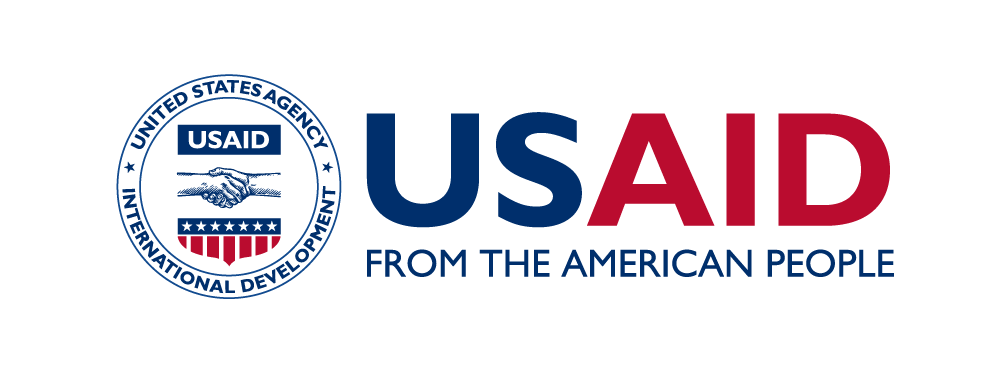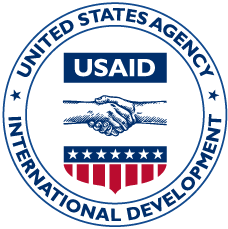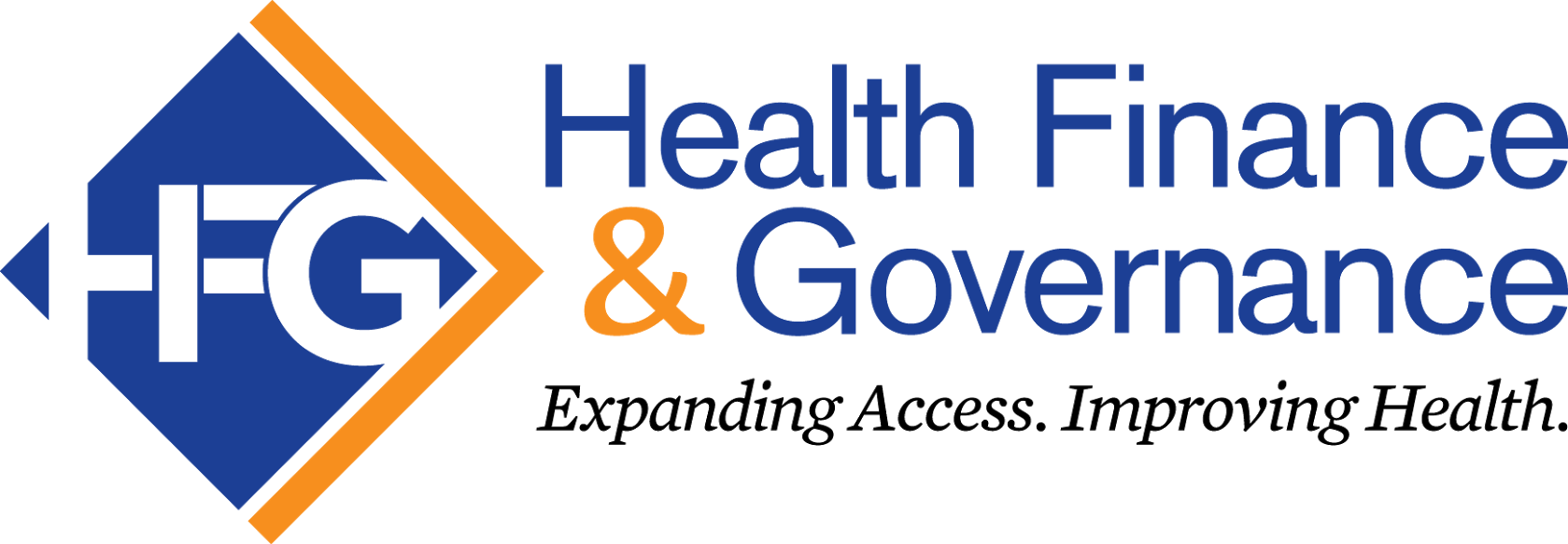Getting a Slice of the Pie: Tips & Tools for Increasing Public Funds for Health
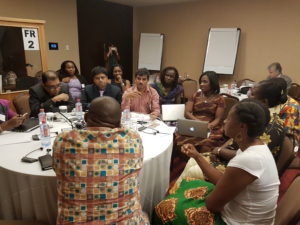 “Domestic resource mobilization” is a hot topic in development. Stakeholders agree that domestic resource mobilization is the path to sustainable development finance. But what is domestic resource mobilization? What does it mean for the health sector? And how can countries achieve it?
“Domestic resource mobilization” is a hot topic in development. Stakeholders agree that domestic resource mobilization is the path to sustainable development finance. But what is domestic resource mobilization? What does it mean for the health sector? And how can countries achieve it?
Put simply, domestic resource mobilization is the “process through which countries raise and spend their own funds to provide for their people.” This is especially critical as the economies of low- and middle-income countries (LMICs) grow and donors gradually decrease their support for development programs. This is critically important in the health sector since lives are on the line and continued spending is needed to maintain hard-won progress in areas like maternal health and immunization.
Of course, getting there is not so simple.
There is actually an abundance of advice on how to grow the public funding pie overall, including strengthening tax policy and administration But evidence shows that when the public funding pie grows, the health sector does not always maintain its share. This can be explained in part by the politically complex process of allocating government resources. In the case of health, this process often plays out in the relationship between Ministries of Health (MOHs) and Ministries of Finance (MOFs) and equivalent agencies. Policy makers and implementers need practical guidance about how to ensure that health gets a fair slice of the pie—and that those funds are spent efficiently, effectively and ultimately sustained.
To address this, Results for Development and colleagues from the USAID Health Finance and Governance (HFG) project convened health and finance government representatives from Bangladesh, Côte d’Ivoire, Ghana, Tanzania and Togo, with the goal of improving dialogue between them. In addition to peer-to-peer knowledge exchange, participants also had an opportunity to engage with Midori de Habich, the former minister of health of Peru, and Dr. Chris Atim, senior program director at R4D, who recently chaired a technical committee to review the sustainability of Ghana’s National Health Insurance Scheme.
The workshops began by asking participants to list their dissatisfactions about the Ministry of Health-Ministry of Finance relationship:
Ministries of Health tended to say:
- Allocations to health are not sufficiently prioritized by the government
- The health sector receives inadequate resources to meet population health needs
- There are delays in the disbursement of funds
Ministries of Finance tended to say:
- The health sector cannot demonstrate that money was spent efficiently
- The health sector has weak internal financial controls
- The health sector has difficulty spending its budget by the end of the fiscal year, so why does it need more money?
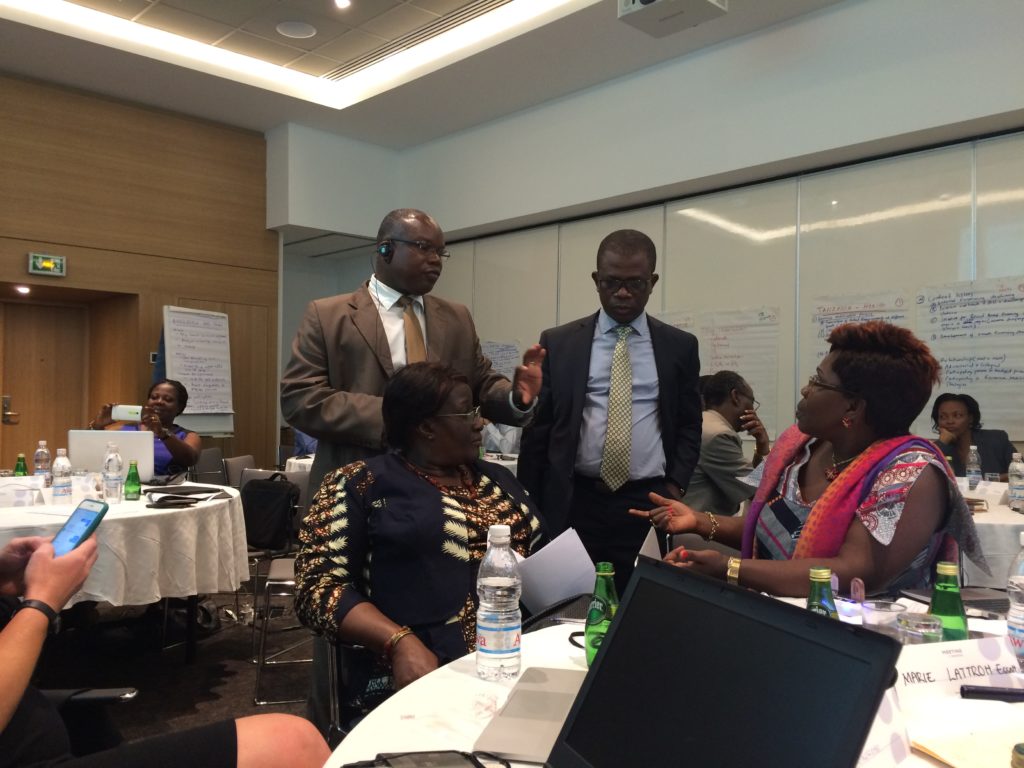
Country delegations also discussed the root causes of these issues. For one, health has important differences from other sectors, which make budgeting and planning particularly difficult. For example, because health care needs vary across populations, time and geographic areas, health sector financial planning involves high levels of uncertainty, especially at the local level. Moreover, uncertainty makes it necessary to mitigate risk across the population by pooling resources. And because health is a state of being, it can be difficult to demonstrate efficiency in spending when making a case for increased funding.
Another common challenge is that health and finance agencies sometimes lack a common vocabulary. Each agency is staffed by individuals with different educational backgrounds and specialties, priority concerns, stakeholders, and technical jargon. These differences impede the ability of budget and finance agencies to interpret requests from the health sector, and likewise hinder health agencies in responding to questions and concerns from their counterparts in the Ministry of Finance.
However, through collaborative learning exercises, countries also found that they share many common objectives, such as:
- Improved financial management,
- Efficient and effective use of resources; and ultimately
- Healthy and productive workers and students; and
- Poverty reduction.
These shared objectives can serve as a foundation for dialogue. And fortunately, concrete tips and tools are available to build on this foundation (see Final Health Finance and Governance Activity Report), including guidance on assembling high-quality evidence to support dialogue, and action-planning templates. Additionally, former Minister de Habich has offered participants five specific tips (look for these reflections coming soon) for mobilizing government resources in LMIC countries to safeguard health’s “slice” of the public spending “pie,” and for improving communications between health and finance agencies that all too often speak a different language when it comes to financing for health. Armed with these tips and tools, LMICs can improve dialogue between health and finance agencies and sustain and accelerate progress toward health objectives through the use of domestic resources.
Written by Kirstin Krusell and Marty Makinen of R4D
Activity Report: Getting Health’s Slice of the Pie: Domestic Resource Mobilization for Health
Powerpoint: Sample Domestic Resource Mobilization for Health Dossier
